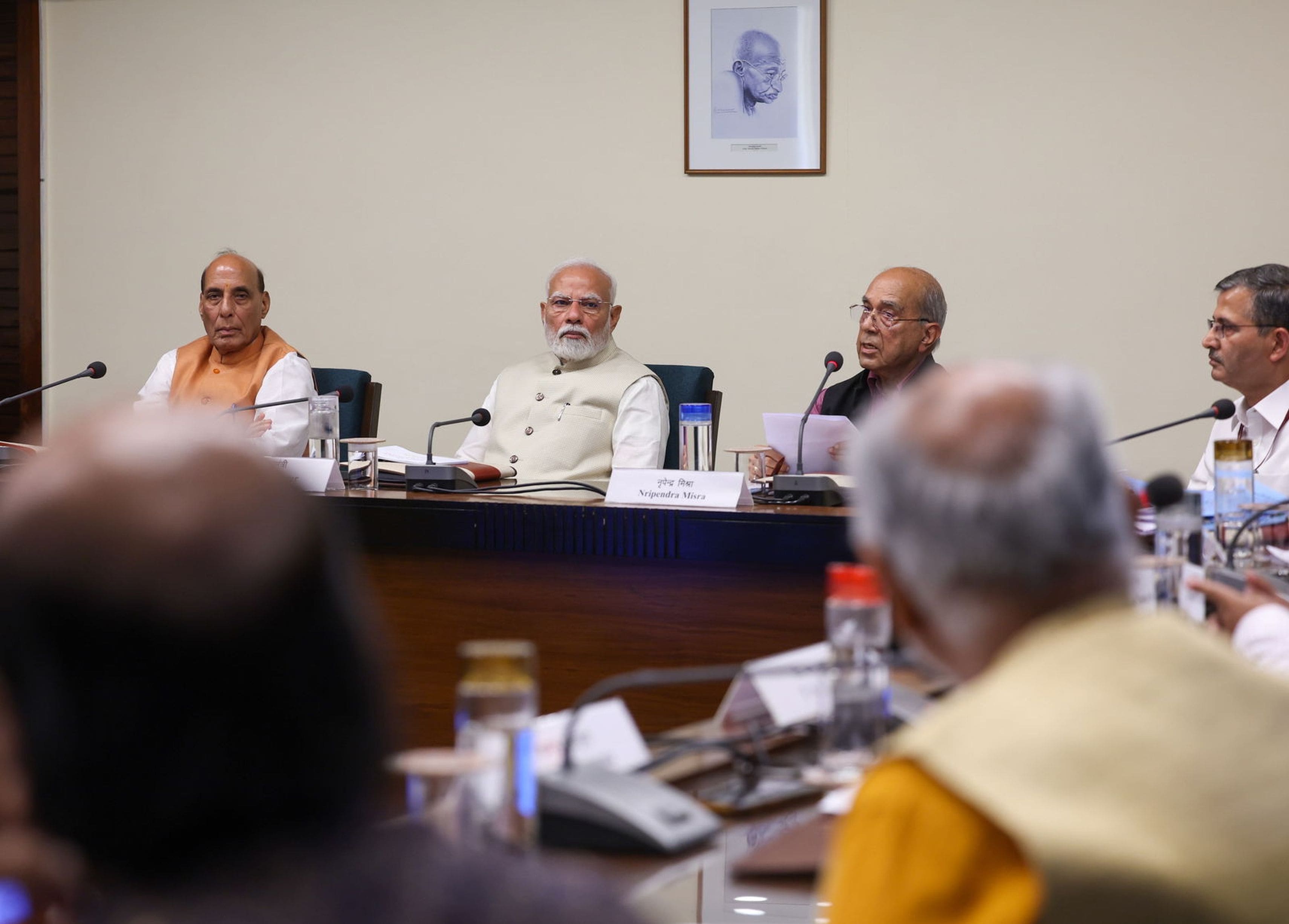Gujarat Chief Minister Narendra Modi today dedicated world’s first-of-its-kind ‘Canal Top Solar Power’ Pilot Project to generate electricity from solar panels placed on Narmada Main Canal (NMC) at a function near Chandrasan in Kadi taluka in Mehsana district.
Speaking on the occasion, he said that one-km long panel would generate about one megawatt of power or 16 lakh units of electricity annually. Plan is to set up series of such solar panels along the entire length of the 458-km long NMC, starting from Sardar Sarovar Project (SSP) dam on the Narmada near Madhya Pradesh border to Rajasthan border.
He said that solar panels fitted on canals are known to generate 16% more electricity. This pilot project would also save acquiring land at the rate of six acres to generate one MW of electricity. It is expected to cost about Rs.8 to Rs.8.50 per unit.

In a confluence of solar and hydro powers, Mr. Modi said that research has begun on generating hydroelectricity from flowing canal water by installing micro turbines on the surface of the water.
While the world searching for an answer to the specter of global warming, he said, Gujarat Government has found the answer through a generating green energy from renewable sources of energy. The world will have to take note of it.
Mr. Modi said that Gujarat has earlier implemented ‘Jyoti Gram Yojna’ through 24x7 hours 3-phase electricity supply across the state in a span of 1,000 days. He said that 600 MW solar power park project inaugurated earlier at Charanka would save about 7.5-lakh tones of coal worth Rs. 125-crore at current prices, and another Rs.135-crore on freight, which in 25 years total up to Rs.6,500-crore.
Urban Development Minister Nitin Patel said Kadi and Sanand talukas would get lion share in this canal top solar power project.
Minister of State for Energy Saurabh Patel said that Gujarat Government provides about 70 crore units of electricity to farmers in the state every day and bears a subsidy of about Rs.3,000-crore subsidy annually. About one lakh new electricity connection would be provided during the year, he said.
Prominent among those present on the occasion included Revenue and Mehsana District Guardian Minister Anandiben Patel, State Planning Board Chairman Bhupendrasinh Chudasma, MP Natuji Takor, MLAs and officials, SSNNL Director Vasant Raval, Energy and Petroleum Secretary B.J. Pandianand SSNNL Managing Director Jagdeesan.

















